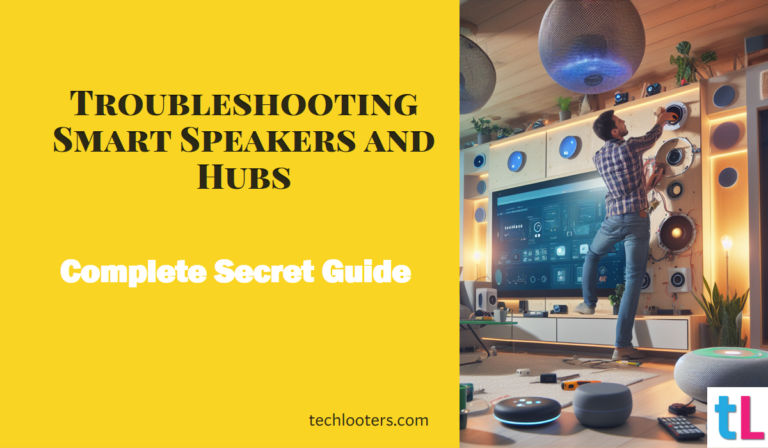Understanding the Basics of Smart Speaker and Hub Functionality
Troubleshooting Smart speakers and hubs have revolutionized the way we perform daily tasks and enjoy entertainment. These devices use voice interaction, mobile apps, and often, an AI-driven virtual assistant, to provide hands-free activation and control over multiple utilities. This sophisticated technology is capable of delivering a wide variety of functionalities, including streaming music, making phone calls, sending texts, providing weather updates, and even controlling connected smart home devices.
However, to fully utilize and appreciate the wonders of these smart devices, one needs to understand their fundamental working mechanisms. These devices primarily rely on their built-in microphones to listen to user commands. Once instructed, the device then processes this command usually over an internet connection. It's crucial to comprehend that a stable internet connection is vitally important for these smart speakers and hubs to execute tasks seamlessly. Understanding the fundamentals not only enhances user experience but also aids in effective troubleshooting smart speakers and hubs should any complications arise.
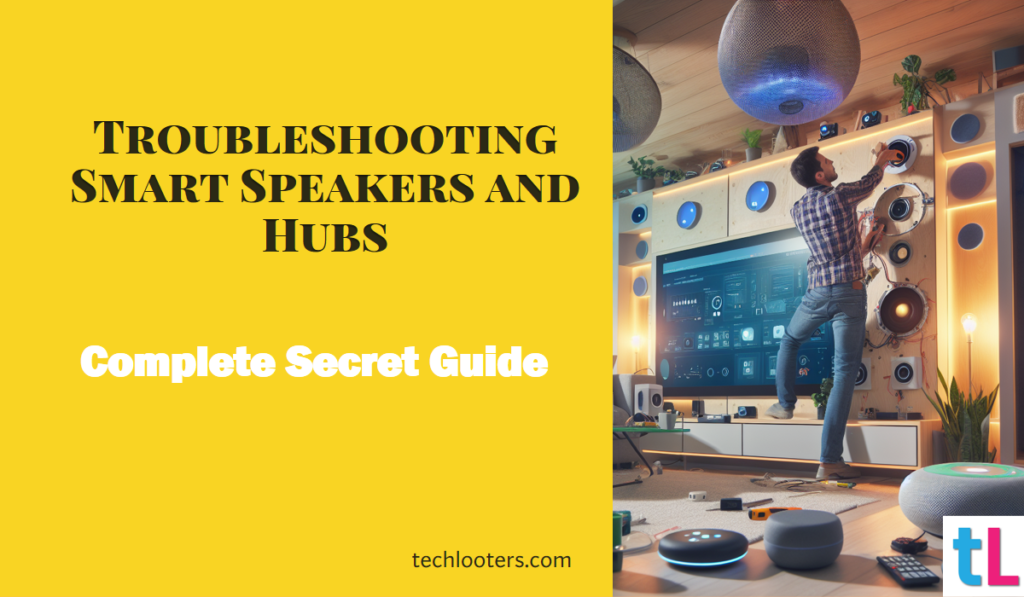
Identifying Common Issues with Smart Speakers and Hubs
Many consumers face recurring technical difficulties with smart speakers and hubs. Failure to connect to the internet, unresponsiveness to voice commands, and poor sound quality are among the most commonly encountered issues. In addition, problems can also arise when the devices fail to recognize and interact with each other, a significant concern for users invested in maintaining a synchronized smart home environment.
Some barriers may come from the smart devices themselves, such as outdated software or hardware malfunctions. In other cases, an unstable internet connection could be the culprit. Regardless, highly efficient troubleshooting smart speakers and hubs and the ability to identify what exactly is causing the issues have become crucial skills for smart device owners. Understanding the nature of these problems and how they arise forms the first step towards efficient problem resolution. Only then, can users begin to take appropriate action, to ensure seamless operation of their smart speakers and hubs.
Guide to Interpreting Smart Speaker and Hub Error Messages
Smart speakers and hubs are incredibly intuitive, designed to smooth our daily interactions with technology. However, even with sophisticated design, encounters with error messages are inevitable. These messages are pivotal, as they help users identify the problem areas and take necessary action. The key to dealing with such errors efficiently lies in understanding them correctly. With myriad brands and their distinct interfaces, varying in complexity and form, learning to interpret these messages becomes vital for effective troubleshooting smart speakers and hubs.
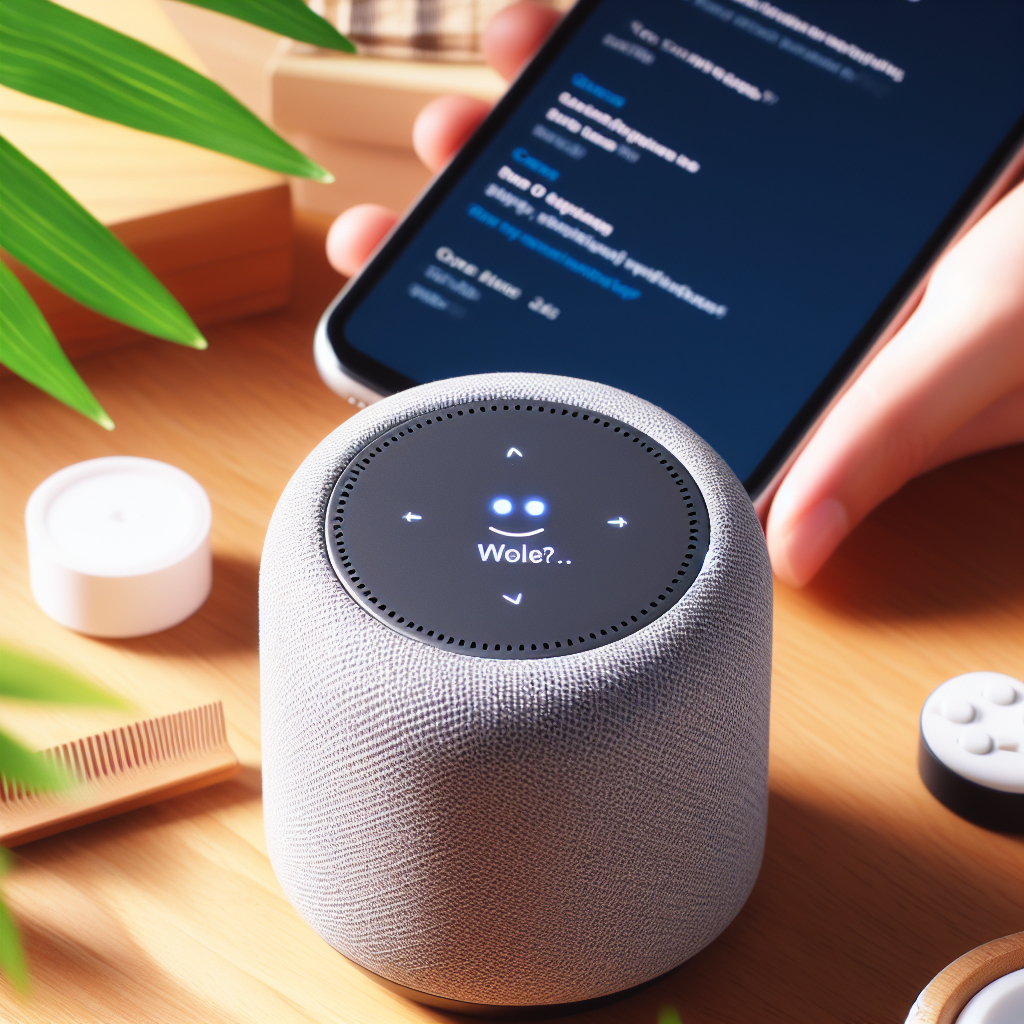
In many instances, a smart speaker or hub error message involves either connectivity or functionality issues. Connectivity issues often crop up with messages such as "device not found", "connection not possible", or "unable to connect to Wi-Fi". These point to a problem with the connection between your smart speaker and the network or between the smart speaker and the smart hub. Functionality errors, on the other hand, might come with notifications like "feature not available" or "voice command not recognized", indicating an issue with the smart device's operating abilities. Grasping the meaning of these error messages forms the foundation for swift and efficient resolution of issues, enhancing the overall functionality of your smart speakers and hubs.
The Role of Internet Connection in Smart Speaker and Hub Performance
Internet connectivity plays a pivotal part in the performance of smart speakers and hubs. These intelligent devices rely heavily on a Wi-Fi connection to operate effectively and execute commands. For instance, they utilize the internet to stream music, respond to user queries, control smart home devices and perform updates. Consequently, irregularities in the Wi-Fi connection can lead to performance issues, delayed responses, and in worst cases, complete device dysfunction.
An optimal internet speed is a prerequisite for the smooth operation of smart speakers and hubs. Slow connection speeds may result in poor audio quality, misinterpreted commands, and increased buffer times. Additionally, issues can arise from congestion of the network due to multiple connected devices or physical obstructions disturbing the Wi-Fi signal. Therefore, maintaining a stable and robust internet connection is essential for maximizing the performance of your smart speaker and hub. Understanding these aspects can assist users in troubleshooting smart speakers and hubs and improving their smart device performance.
Addressing Power and Charging Problems in Smart Devices
Smart devices, such as speakers and hubs, often confront issues related to power and charging, significantly disrupting the user experience. Various triggers can contribute to such concerns, including outlet issues, cable and adapter problems, or internal battery malfunctions. Recognizing the source is the first step in addressing these challenges effectively. Subsequently, implementing necessary solutions can restore the devices to their optimal functionality.
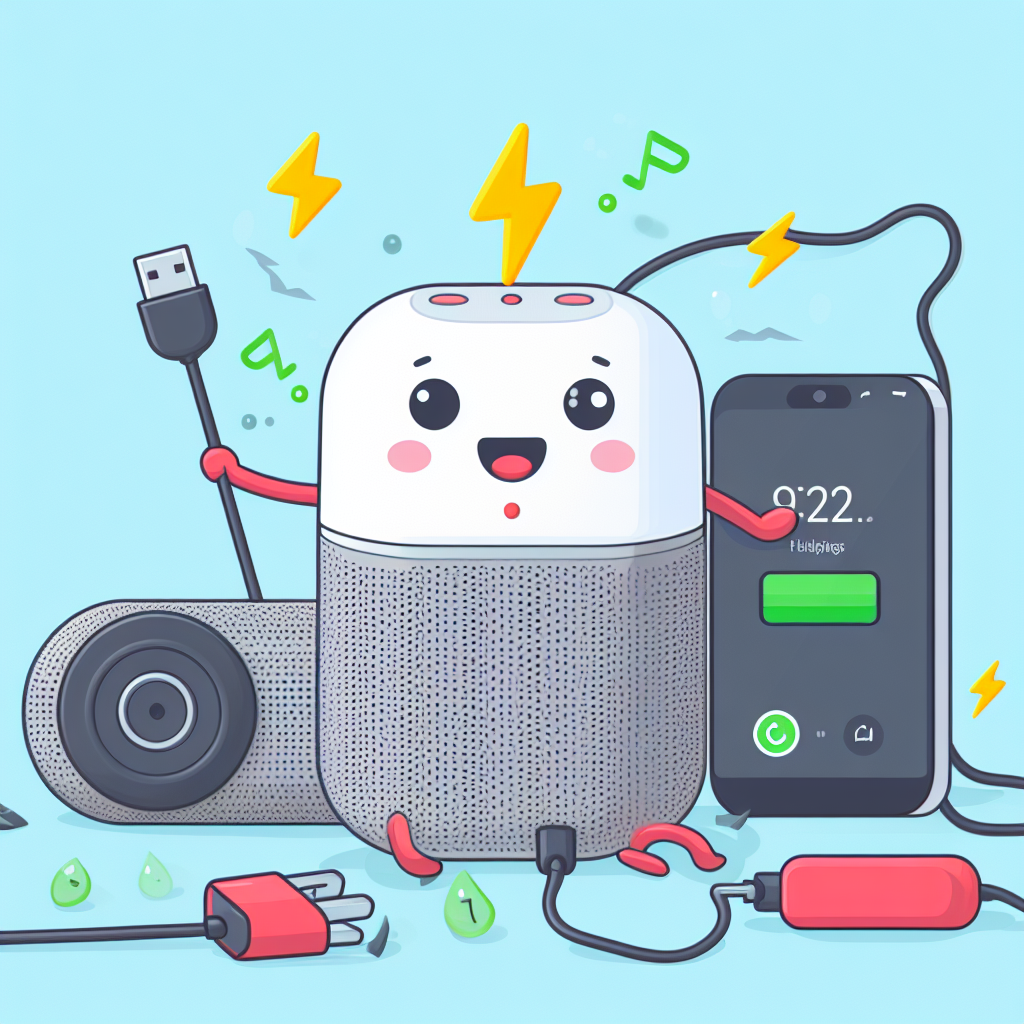
Occasionally, users might encounter issues due to a faulty power adapter or cable. It is then recommended to try different adapters or cables available to determine if they work. In case the smart device functions with an alternative adapter or cable, the first step should be to replace the problematic component. For issues related to the device's internal battery, it might require professional intervention to replace it. Having a thorough understanding of your smart device's power and charging problems enhances the device's longevity and ensures uninterrupted utilization.
Resolving Sound and Audio Issues in Smart Speakers
When it comes to smart speakers, a prevalent issue that users often face relates to sound and audio quality. This can be based on multiple factors, including speaker volume, sound distortion, and a lack of audio altogether. These issues can be particularly frustrating, given that the smart speaker's primary purpose is to deliver clear, crisp audio upon command.
Troubleshooting smart speakers and hubs these issues requires a systematic approach. First, ensure your smart speaker's volume isn't set to minimum or on mute mode. If volume settings are optimal but the problem persists, inspect the device for any physical damage. Physical damages might affect the speaker's sound quality even when it's functioning properly otherwise. Should you find any such issues, consider seeking professional help or replacing the speaker altogether. In case of sound distortion or unclear audio, revisiting sound settings or even resetting the speaker could prove beneficial. Keep your device's software updated to the latest version as outdated software can lead to compatibility issues affecting sound and audio.
Fixing Connectivity Problems between Smart Speaker and Smart Hub
One of the most common issues users experience with smart devices is a breakdown in the communication between their smart speaker and smart hub. Despite the allure of seamless, wireless interaction, maintaining a stable connection can often pose a challenging task. Understanding how to diagnose and remedy connectivity problems is crucial for the optimal performance of these devices.
Smart speakers and hubs, despite being from the same family of devices, may sometimes struggle to 'talk' to each other properly. This can result from various factors, including out-of-date software, interference from other wireless devices, or incorrect setup of either device. In turn, this could impact the functioning of smart homes, as the smart hub often acts as the central control unit for multiple smart devices. Thus, prompt resolution of these connectivity issues is critical for maintaining an efficient smart home environment. By ensuring that the devices are updated regularly, minimizing potential interference, and double-checking the setup processes, users can often rectify the disconnection between smart speakers and smart hubs.
Addressing Issues with Voice Recognition Feature
Voice recognition is a significant feature in smart speakers and hubs. It is the primary means of interaction between the user and the device. However, users may occasionally encounter problems with this feature. This can result in the smart speaker either completely failing to recognize the user's commands, or misunderstanding and executing them incorrectly. A wide range of factors, from ambient noise to software glitches, can impact the effectiveness of voice recognition in smart devices.
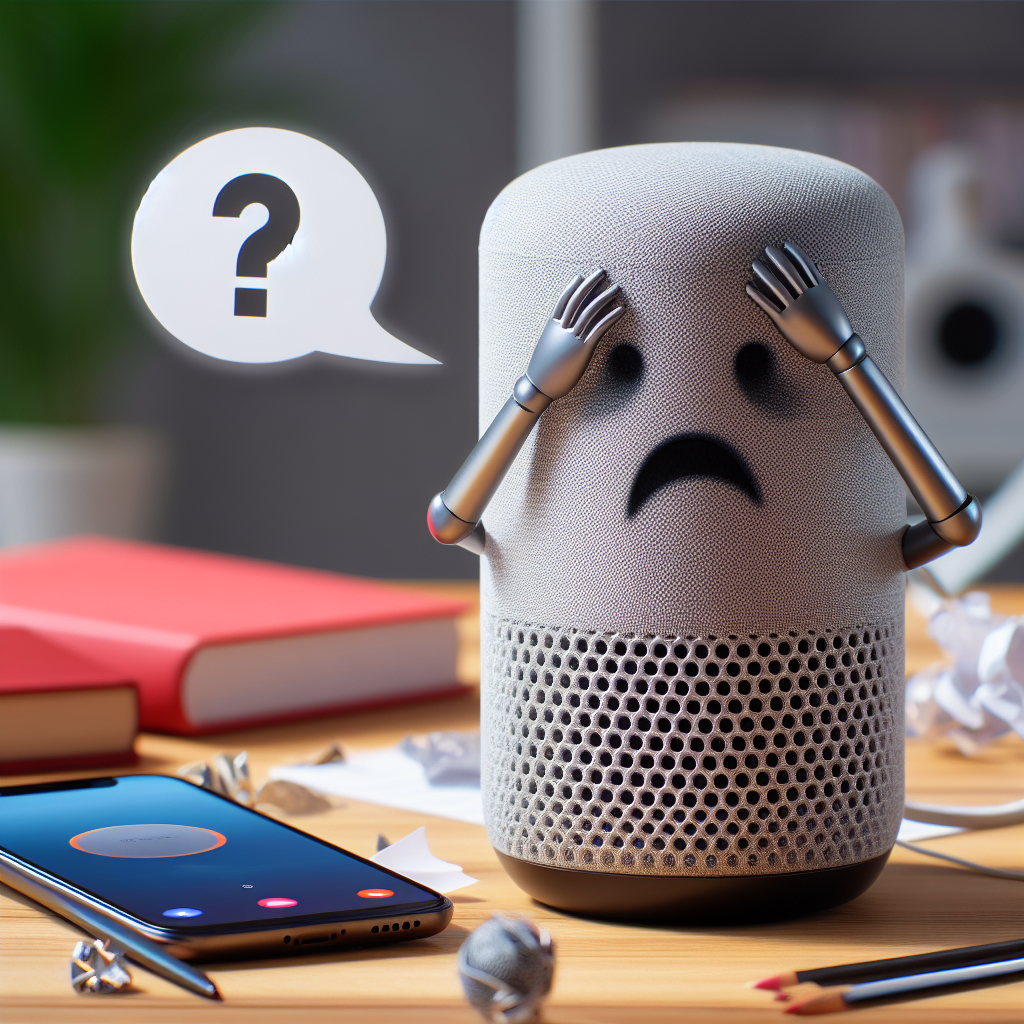
Primarily, it is essential to check for possible environmental factors that can affect voice recognition. This includes ensuring that no excessive noise is hindering the device's ability to capture voice commands accurately. Meanwhile, another potential cause of voice recognition problems could be the speaker's inability to recognize different accents or languages. Always make sure that the device settings match the language and dialect being used by the user. Additionally, software-related issues could also impede voice recognition. In such cases, a software update or device reset might be necessary. The emphasis is on accurately identifying the root of the voice recognition issues to guide effective troubleshooting smart speakers and hubs efforts.
Resetting Your Smart Speaker and Hub for Problem Resolution
Smart speakers and hubs, like any other digital devices, can sometimes demonstrate glitches due to myriad factors ranging from software inconsistencies to connection issues. In these scenarios, resetting your device becomes an effective solution to restore its efficiency. This process essentially wipes out the current data and settings, and reinstates the original factory settings, thereby eliminating any configuration or software hitches that were plaguing the device.
Executing a factory reset isn't a complicated task, provided you follow the correct steps meticulously. Depending upon the brand and model of your smart speaker or hub, the reset method may vary. Often, the reset button is concealed within the device body and requires a pointed object for activation; this design feature ensures accidental reset is averted. Once the reset process is introduced, the smart speaker or hub begins the process of erasing the existing settings. Thereafter, a fresh setup process ensues, allowing the user to tweak the settings as per preference.
Tackling Software Updates and Compatibility Issues
In the expansive world of smart devices, software updates serve as a vital cog in the wheel. Ensuring your smart speakers and hubs run the latest software version not only enhances their performance but contributes to a smoother user experience. A common pitfall observed among users is a lack of awareness about the importance of regular software updates. It's critical to understand that vendors often roll out updates to resolve known bugs, improve functionality, introduce new features, and sometimes even heighten device security.
Compatibility issues, on the other hand, can stem from policy changes by manufacturers or software updates that render the smart speaker or hub incompatible with other paired devices. For instance, if an update to the smart speaker's software doesn't align with your smart hub, it could restrict inter-device communication. A practical approach to mitigate compatibility challenges is to ensure concurrent updates across all smart devices. Always remember, maintaining an updated system across devices bolsters compatibility, minimizing disruptions in your smart home operations.
Here are some strategies to tackle software updates and compatibility issues:
- Stay Informed: Make it a point to stay informed about the latest software versions available for your smart devices. This will ensure you don't miss out on any important updates that could enhance device performance.
- Schedule Regular Updates: Most smart devices allow users to schedule regular software updates. Utilize this feature to ensure your device is always running on the most recent version of its software.
- Consider Compatibility Before Purchase: When purchasing new smart devices, consider their compatibility with your existing ones. This can help prevent potential compatibility issues down the line.
- Addressing Compatibility Issues: If you encounter a compatibility issue after a software update, try reverting back to an older version of the software or contact customer support for assistance.
- Prioritize Security Updates: While all updates are important, security-related ones should be prioritized as they often address vulnerabilities that could compromise your device's safety.
For managing potential incompatibility between different smart devices:
- Concurrent Updates: As mentioned earlier, ensuring concurrent updates across all paired devices can mitigate many compatibility challenges.
- Check Manufacturer Policies Regularly: Stay updated with policy changes by manufacturers which might affect inter-device communication.
- Troubleshooting smart speakers and hubs Assistance : Don’t hesitate to seek professional help if faced with complex incompatibility issues beyond basic troubleshooting smart speakers and hubs measures.
Remember, maintaining an updated system across all devices not only improves functionality but also bolsters overall device security and inter-device synchronization leading towards seamless operations within your smart home ecosystem.
Dealing with Problems Specific to Different Brands of Smart Speakers and Hubs
The realm of smart speakers and hubs exhibits a diverse range of brands, each with its unique set of issues. These can range from software glitches to compatibility problems, varying based on brands such as Amazon Echo, Google Home, or Apple HomePod. For instance, Amazon's Echo sometimes battles with Wi-Fi disconnectivity, while Google Home occasionally gets stuck in a boot loop, and Apple's HomePod could face an issue of unresponsiveness to touch controls. Such intricate problems require a nuanced understanding of each brand's functioning and troubleshooting smart speakers and hubs process.
Real-world insights into troubleshooting smart speakers and hubs these smart speaker and hub brand-specific issues can aid users in pinpointing and rectifying the problems efficiently. For example, Amazon Echo users often find that resetting their device resolves their Wi-Fi problems, while Google Home users have found that a simple device restart can often break the boot loop. On the other hand, unresponsive touch controls in Apple's HomePod could be due to a pending software update, which can easily be resolved by completing the update. Thus, addressing these brand-specific issues involves comprehending the nuances of each brand's functionality, potential problem areas, and effective troubleshooting smart speakers and hubs steps.
Repair or Replace: Determining the Best Course of Action
Much like any electronic device, smart speakers and hubs are not immune to wear, tear and occasional system failures. As a user, it's important you understand when to opt for repair and when its time to replace the entire unit. This knowledge can not only save you time and unnecessary hassle, but can also be cost-effective in the long run.
In the course of troubleshooting smart speakers and hubs smart speakers and hubs, consider factors such as age, frequency of glitches, cost of repair, and most crucially, whether the device is still under warranty. Devices that continually present problems even after numerous repairs might signify it's time for a replacement. However, if your smart speaker or hub is relatively newer, or the issue lies within software, often a professional repair can restore them to optimal functionality. Thus, effective decision making is key in determining the best course of action for your smart technology.
Maintenance Tips for Prolonged Efficiency of Smart Speakers and Hubs
In ensuring the prolonged efficiency of smart speakers and hubs, routine maintenance practices are pivotal. Regular dusting and cleaning of the device housing can help protect the intricate internal components. Cleaning should be performed gently, with a lightly dampened cloth suitable for electronics. It’s worth cautioning not to allow moisture seepage as this could damage the internal circuitry. Moreover, the placement of these smart gadgets can significantly impact their longevity. For optimal performance, it's necessary to place these devices away from extreme temperatures or high humidity.
The role of software in maintaining the efficiency of smart speakers and hubs cannot be understated. Regular firmware updates often carry enhancements and bug fixes which optimize the overall performance of the devices. Therefore, it is advisable to keep the devices up-to-date with the latest software version. Additionally, rebooting these electronics periodically can also help maintain system health, ensuring that they run efficiently. This helps to clear buffers, close unused apps, and tackle memory leaks, thus restoring the device's original performance levels.
When to Seek Professional Help for Troubleshooting smart speakers and hubs
Professional help for troubleshooting smart speakers and hubs smart speaker and hub issues is invaluable, often making the difference between a quick fix and sustained frustration. Users typically seek professional assistance in the face of issues beyond their technical knowledge or in scenarios where user-guided remedies have failed to yield the desired outcome. The inherent complexity of smart devices, combined with the variety of issues they can present, makes expert intervention necessary at times to ensure optimal performance and longevity of these devices.
Furthermore, seeking professional help can be cost-effective. While it may seem like an additional expense initially, attempting to fix serious smart device issues without the requisite know-how could lead to further damage and consequently higher repair costs. In situations where smart speakers or hubs are under warranty, professional troubleshooting smart speakers and hubs is advisable since unauthorized tampering could void these warranties. Expert advice should be sought when dealing with repetitive errors, unresponsive systems, or hardware malfunctions in smart speakers and hubs.
Case Studies: Real-life Examples of Troubleshooting smart speakers and hubs Smart Speakers and Hubs.
Delving into actual instances of troubleshooting smart speakers and hubs allows us to better comprehend how smart speakers and hubs operate and how to optimally resolve the problems. For instance, imagine a case where a newly purchased smart speaker fails to connect to the internet. One individual found their router was simply incompatible with their smart device due to outdated software. In this scenario, updating the router's software was the solution, restoring full functionality to the smart speaker. This emphasizes the significance of ensuring the compatibility of all linked devices and keeping them up-to-date.
In a rather distinct case, someone else struggled with a smart hub that wouldn't power on. Initial thoughts pointed towards a faulty unit and the owner nearly sought to return the device. However, after delving into the user manual and online forums, the issue was traced back to a loose power cable. Hence, this case highlights the importance of double-checking even the simplest components before resorting to drastic steps. Both instances illustrate the role of patient and systematic troubleshooting smart speakers and hubs in identifying and solving issues related to smart speakers and hubs.
What are the most common problems with smart speakers and hubs?
The most common issues include problems with voice recognition, sound and audio issues, connectivity issues, issues with the power and charging, and software updates and compatibility issues.
How can I interpret smart speaker and hub error messages?
The article provides a guide to interpreting smart speaker and hub error messages, which includes understanding basic error codes and potential solutions.
How does internet connection affect the performance of smart speakers and hubs?
The role of the internet connection is crucial in the performance of smart speakers and hubs. A weak internet connection can lead to performance issues such as lagging or non-responsiveness.
What should I do if my smart speaker or hub has power and charging problems?
The article suggests ways to address this issue, including checking the charger and power source, ensuring the device is properly connected, and attempting a device reset if necessary.
How can I resolve sound and audio issues in my smart speaker?
Sound and audio issues can be usually resolved by checking the speaker settings, ensuring the volume level is appropriate, and checking for any physical blockages that may prevent sound production.
What should I do if my smart speaker and hub are not connecting?
The article provides solutions such as checking your Wi-Fi connection, making sure both devices are compatible, and resetting the devices if necessary.
What should I do if my smart speaker does not recognize my voice?
This can be resolved by retraining the voice recognition feature of your speaker, ensuring the speaker is not too far away, and speaking in a clear, natural voice.
When should I consider replacing my smart speakers and hubs?
Replacement should be considered when the device frequently experiences issues, is not responsive even after troubleshooting smart speakers and hubs, or when advised by a professional.
What maintenance tips can help prolong the efficiency of my smart speakers and hubs?
Regular updates, cleaning, proper placement, and using compatible devices can help prolong the efficiency of smart speakers and hubs.
When should I seek professional help for troubleshooting smart speakers and hubs my smart speaker and hub?
Professional help should be sought when the device is not responsive even after troubleshooting smart speakers and hubs, when you are not comfortable with DIY solutions, or when the problem is beyond general troubleshooting smart speakers and hubs steps.


